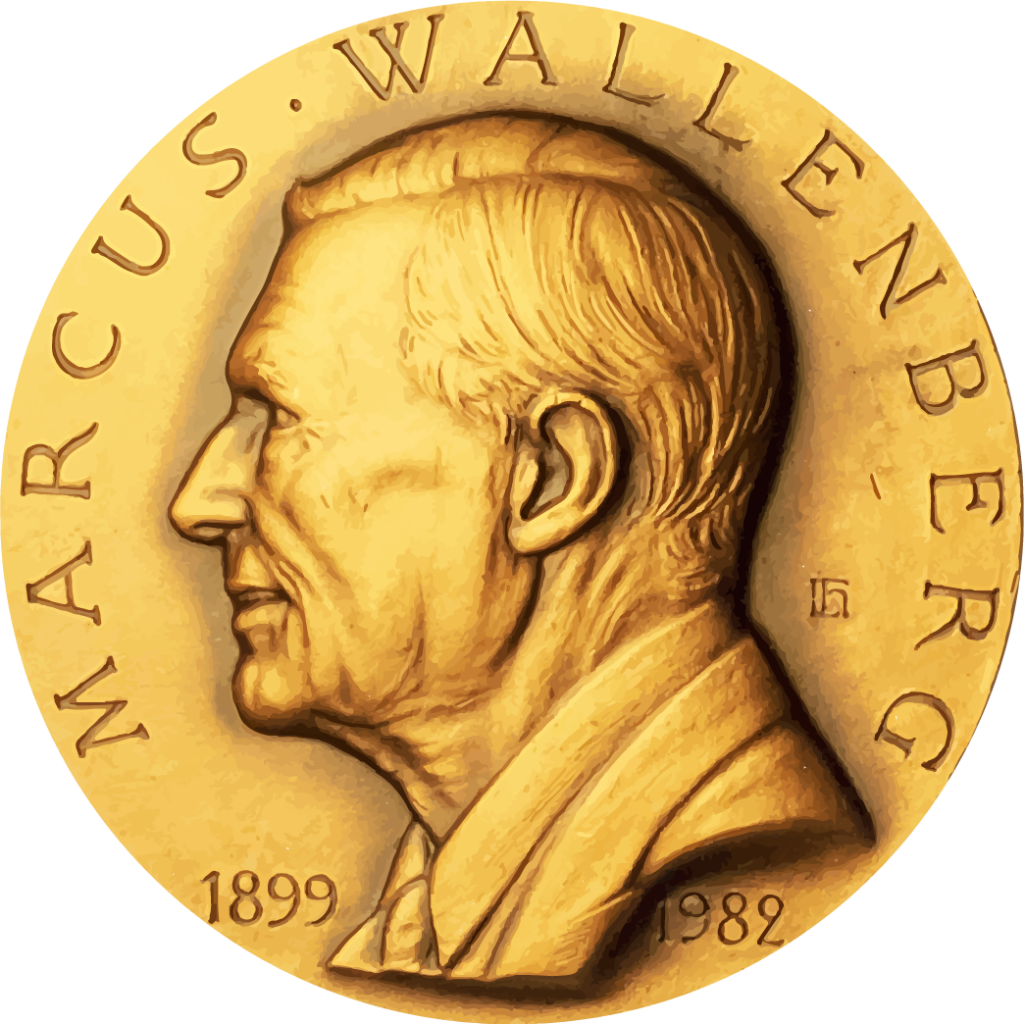Path breaking research on airborne laser scanning
1 Mar, 2011 11:30 CET
The Marcus Wallenberg Foundation proudly announces that the 2011 Marcus Wallenberg Prize is awarded to Professor Erik Næsset, Norwegian University of Life Sciences, for his path breaking research that incorporates the airborne laser scanning method as an integral part of forest inventory
Society increasingly recognizes the vital role of the world’s forests and wise management of this resource. Forests are seen as renewable resources for supplies of wood and fibre products, chemical feedstocks and biofuels, as habitats for maintenance of biodiversity, as important sites for carbon sinks and as sites of high recreational value and other ecosystem services. More than half of the world’s forests are located in developing countries, where also other land-use systems such as agroforestry are practised. In these areas, unsustainable logging practices, forest fragmentation and other types of forest degradation can endanger sustainable land use. It is estimated that 20 % of all worldwide carbon emissions stem from forest degradation and reduction of forest cover.
Sustainable forest management is based on good information about the resource and its biological and social environment, collected through various inventory methods. Ground based forest inventory methods can yield high quality data but are typically rather costly.
An important breakthrough in the application of remote sensing in forest inventory has been achieved by applying light detecting and ranging (LiDAR) sensor methodology.
Prof. Næsset has created a tool to portray spatially the forest inventory parameters of interest. He invented a straightforward and practical method for utilizing airborne laser scanning in combination with forest field data which automatically produces stand-wise forest data with high accuracy. The area based method of airborne laser scanning that he has developed has become a reference against which new inventory methods are compared.
Laser scanning is now a commercially used practice, making a considerable difference in how forests are inventoried throughout the world. Cost reductions of typically 40-50% for forest management inventories have been recorded. Of great significance is the value of the statistical and economic efficiency improvements in forest management inventories. The airborne laser scanning technique is also useful in assessment of many other forest ecosystem services. For example, it has been used in carbon accounting based on estimated forest biomass and detection and valuation of habitats of key species for maintenance of biodiversity.
Along with his scientific achievements, Prof. Næsset has actively participated in the demonstration of the airborne laser scanning method to practitioners, offered workshops and tested the method in diverse case studies. Prof. Næsset stands out as the most important person for making airborne laser scanning an operational method for forest inventory.
Professor Erik Næsset
Professor Næsset was born in 1958 in Norway. He took his Dr. scient. in Forestry in 1992 at the Agricultural University of Norway. After employment at the Department of Forest Sciences, Agricultural University of Norway, from 1990, he was appointed Professor in 1996. Since 1997 he has been Professor at the Department of Ecology and Natural Resource Management at the Norwegian University of Life Sciences in Ås, Norway. Among other things, he works in partnership with NASA/Goddard Space Flight Center, Yale University, University of Minnesota, Swedish University of Agricultural Sciences, Helsinki University and University of Eastern Finland, and he leads several international projects within his department. He has authored or co-authored more than 80 scientific articles.
Prize Ceremony and Symposium
The Prize will be presented by His Majesty, The King of Sweden, at a ceremony in Stockholm on 3 October, 2011. On 4 October, a symposium will be arranged around the subject of the Prize-winning research and its impact on the forest and land use issues as well as the forest products industries.
For more information, please contact
Mr. Per G. Broman, The Marcus Wallenberg Foundation, Executive Secretary
Mobile +46-(0)70-5776993, Fax +46-(0)23-711581.
The Marcus Wallenberg Prize
The Marcus Wallenberg Prize is an international prize that was established in 1980 to acknowledge the lifetime activities and the memory of Marcus Wallenberg, the late Chairman of Stora Kopparbergs Bergslags AB (now Stora Enso). Each year the Prize recognizes a single research breakthrough by one scientist or a small group of collaborating scientists. In the view of the Prize Selection Committee and the Board of the Foundation, the selected breakthrough will have a significant effect on the forestry and forest products industries.
While rewarding the winner, the Prize is also intended to stimulate further research around the world. This year, the Prize will be given for the 28th time. The Prize sum is two million SEK.
For link to image of high quality, please see www.mwp.org


